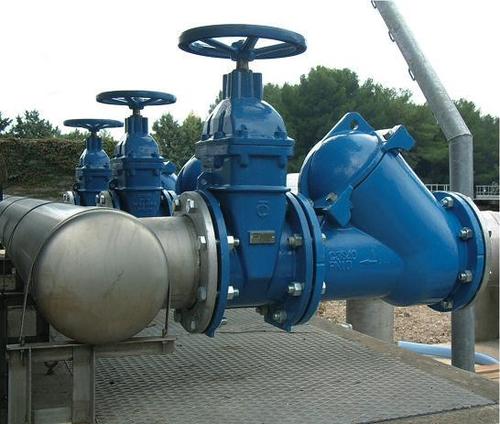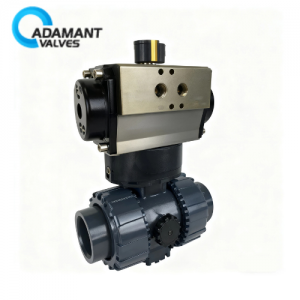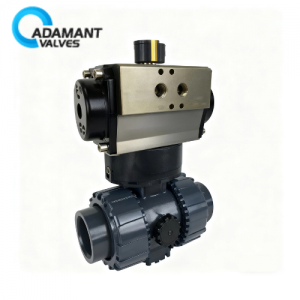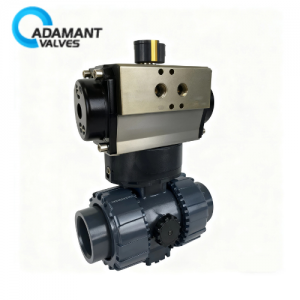Major Features of Sanitary Ball Valves

As the name of the valve suggests, the sanitary ball valve is created from its characteristics. The special feature of the ball valve is the spherical component that rotates in a ball-shaped disc. A hole is drilled through the sphere. The hole is then aligned with the inlet and outlet of the pipe in the body valve. The bore in the ball must be the same size as the diameter of the inlet and outlet pipes. This prevents the internal variation of pressure when the valve is fully open and the liquid is at full speed.
The ball is connected to a handle that is used in the rotation of the ball. The ball turns a 900 to start opening or closing the path. The fluid begins to flow through the hole in the ball and the amount varies with the extent to which the valve is aligned with the hole. The spherical component of the valve contains a smooth coating and has perfect orientation with respect to the spherical shell. This allows the valve to operate without lubrication.

The valve design features special advancements in varied levels of throttle functions. The spherical hole of the sanitary valve, the inlet, and the outlet come in venturi and port designs. The ball system and the seat shaft come in two designs; Ball valve stem design and ball valve stem design. Both systems are automatic or manual depending on the rest of the system in which they fit. Designers have preferences for automated designs for systems with high and dynamic pressure and a manual for steady flow and gradual pressure changes.
The sanitary ball valve is made from materials such as metal, rubber, and plastic. The materials are selected according to the system of use, the temperature, and the pressure. The ball seat shaft is made from materials such as Teflon (TFE), nylon, neoprene, a special foil, and a combination of synthetic materials.
Most seat valves operate at low temperatures. The valves are standardized for common industrial applications. However, designers can customize the physical requirements based on the purpose of the valve and the nature of the system. For example, the rotation of the ball may be marked at the 90o interval, some may vary with 450 and others may not be marked to allow a continuous and progressive flow of the fluid.




